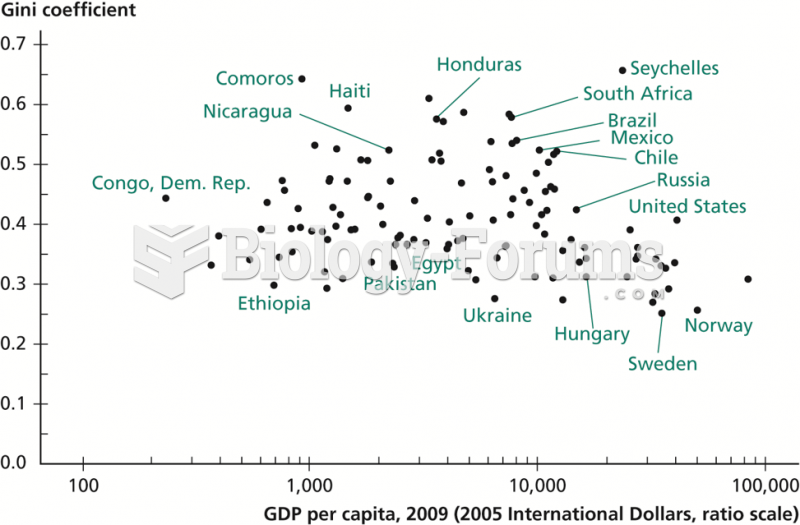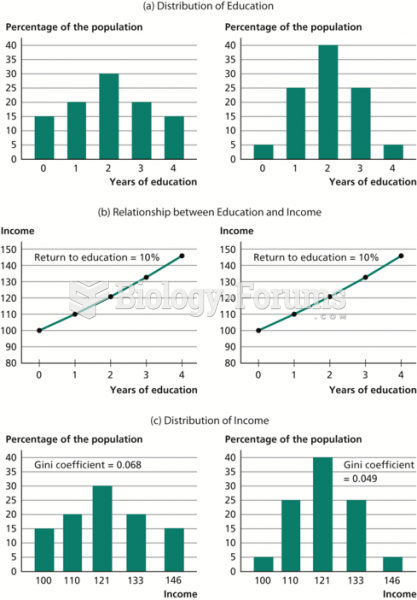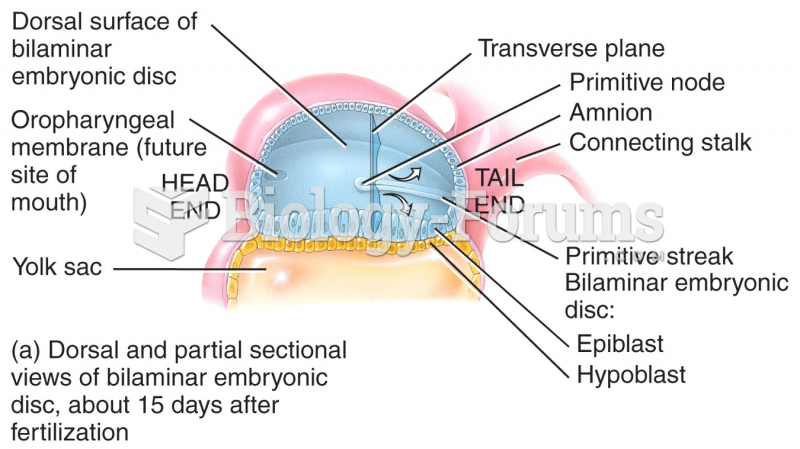Answer to Question 1
e
Answer to Question 2
1. Almonds (1 180 cups) 180
Cashews (2 300 cups) 600
Pistachios (3 90 cups) 270
Seasoning (6 30 cups) 180
Budgeted cost per batch 1,230
Number of batches 25
Budgeted Cost 30,750
2. Solution Exhibit 7- 35A presents the total price variance (0), the total efficiency variance (610 U), and the total flexible-budget variance (610 U).
Total direct materials efficiency variance can also be computed as:
=
Almonds = (5,280 4,500) 1 = 780 U
Cashews = (7,520 7,500) 2 = 40 U
Pistachios = (2,720 2,250) 3 = 1,410 U
Seasoning = ( 480 750) 6 = 1,620 F
Total direct materials efficiency variance 610 U
EXHIBIT 7- 35A
Columnar Presentation of Direct Materials Price and Efficiency Variances for Nature's Best Company.
Actual Costs
Incurred
(Actual Input Quantity
Actual Price)
(1)
Actual Input Quantity
Budgeted Price
(2) Flexible Budget
(Budgeted Input Quantity
Allowed for Actual Output
Budgeted Price)
(3)
Almonds
Cashews
Pistachios
Seasoning 5,280 1 = 5,280
7,520 2 = 15,040
2,720 3 = 8,160
480 6 = 2,880
31,360 5,280 1 = 5,280
7,520 2 = 15,040
2,720 3 = 8,160
480 6 = 2,880
31,360 4,500 1 = 4,500
7,500 2 = 15,000
2,250 3 = 6,750 750 6 = 4,500
30,750
0 610 U
Total price variance Total efficiency variance
610 U
Total flexible-budget variance
F = favorable effect on operating income; U = unfavorable effect on operating income
3. The total direct materials price variance equals zero because, for all four inputs, actual price per cup equals the budgeted price per cup.
4. Solution Exhibit 7- 35B presents the total direct materials yield and mix variances.
The total direct materials yield variance can also be computed as the sum of the direct materials yield variances for each input:
=
Almonds = (16,000 15,000) 0.30a 1 = 1,000 0.30 1 = 300 U
Cashews = (16,000 15,000) 0.50b 2 = 1,000 0.50 2 = 1,000 U
Pistachios = (16,000 15,000) 0.15c 3 = 1,000 0.15 3 = 450 U
Seasoning = (16,000 15,000) 0.05d 6 = 1,000 0.05 6 = 300 U
Total direct materials yield variance 2,050 U
a 180 600; b 300 600; c 90 600; d30 600
The total direct materials mix variance can also be computed as the sum of the direct materials mix variances for each input:
=
Almonds = (0.33 0.30) 16,000 1 = 0.03 16,000 1 = 480 U
Cashews = (0.47 0.50) 16,000 2 = 0.03 16,000 2 = 960 F
Pistachios = (0.17 0.15) 16,000 3 = 0.02 16,000 3 = 960 U
Seasoning = (0.03 0.05) 16,000 6 = 0.02 16,000 6 = 1,920 F
Total direct materials mix variance 1,440 F
EXHIBIT 7- 35B
Columnar Presentation of Direct Materials Yield and Mix Variances for Nature's Best Company.
Actual Total Quantity
of All Inputs Used
Actual Input Mix
Budgeted Price
(1)
Actual Total Quantity
of All Inputs Used
Budgeted Input Mix
Budgeted Price
(2) Flexible Budget:
Budgeted Total Quantity of
All Inputs Allowed for
Actual Output
Budgeted Input Mix
Budgeted Price
(3)
Almonds 16,000 0.33 1 = 5,280
Cashews 16,000 0.47 2 = 15,040
Pistachios 16,000 0.17 3 = 8,160
Seasoning 16,000 0.03 6 = 2,880
31,360
16,000 0.30 1 = 4,800
16,000 0.50 2 = 16,000
16,000 0.15 3 = 7.200
16,000 0.05 6 = 4,800
32,800
15,000 0.30 1 = 4,500
15,000 0.50 2 = 15,000
15,000 0.15 3 = 6,750
15,000 0.05 6 = 4,500
30,750
1,440 F 2,050 U
Total mix variance Total yield variance
610 U
Total efficiency variance
F = favorable effect on operating income; U = unfavorable effect on operating income.
The direct materials mix variance of 1,440 F indicates that the actual product mix uses relatively more of less-expensive ingredients than planned. In this case, the actual mix contains slightly more almonds and pistachios while using fewer cashews and substantially less seasoning.
The direct materials yield variance of 2,050 U occurs because the amount of total inputs needed (16,000 cups) exceeded the budgeted amount (15,000 cups) expected to produce 2,500 tins.
The direct materials yield variance is significant enough to be investigated. The mix variance may be within expectations but should be monitored since it is favorable largely due to the use of less seasoning, which is considered an important element of the product's appeal to customers.







